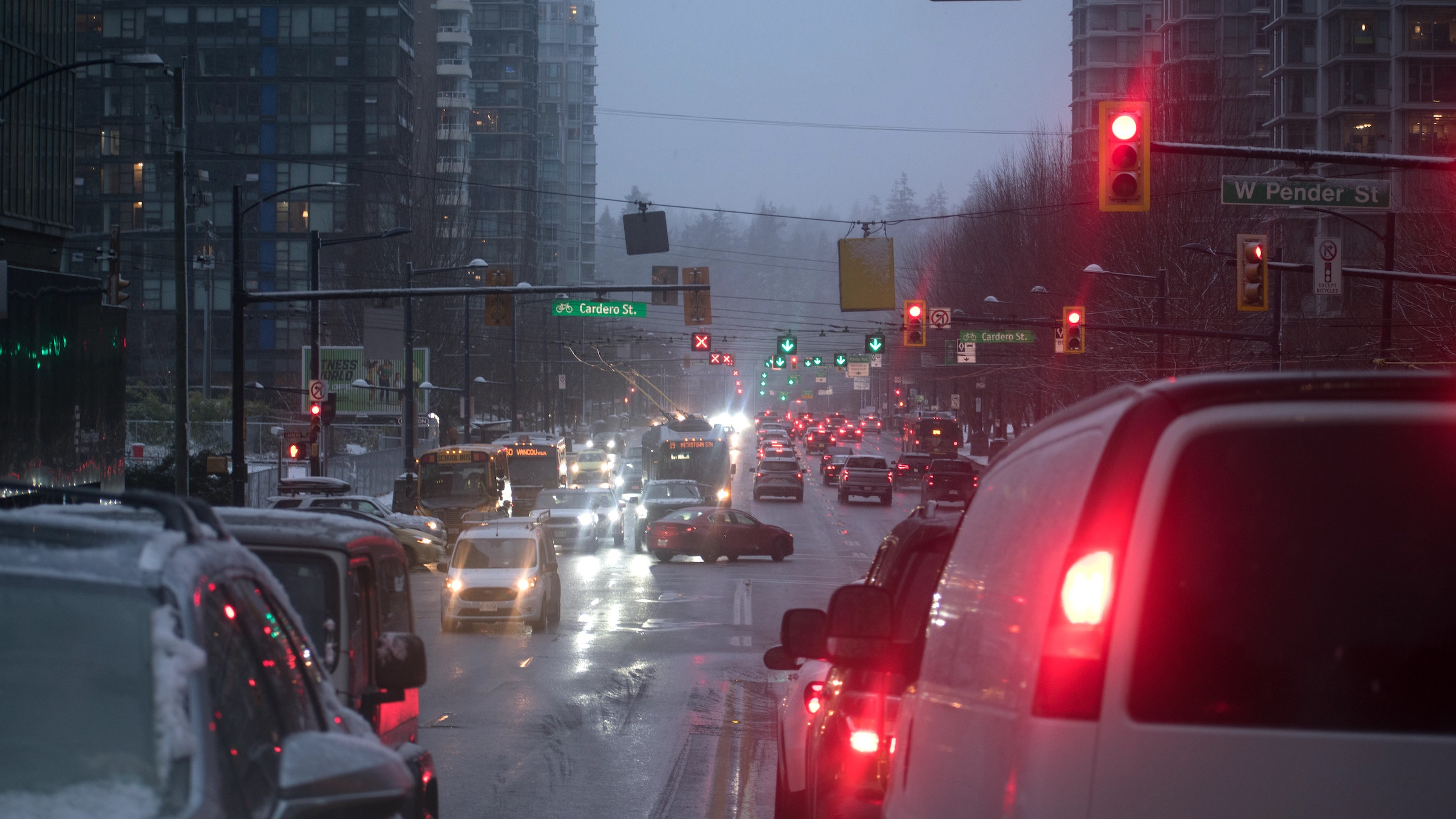The nation of Canada added nearly 300,000 more people in the first three months of this year, Statistics Canada reported this week.
98% of Canada’s population growth is currently from immigrants—a world record.
The country is now on pace to surpass a population of 40 million this year.
Leading the charge behind this unprecedented migration is Prime Minister Justin Trudeau, who has failed for more than a decade to adhere to the political promises that won him office. One of his most egregious shortcomings regards the housing affordability crisis across Canada.
“Safe, adequate, and affordable housing is essential to building strong families, strong communities, and a strong economy,” Trudeau stated in 2015, already several years in to the skyrocketing housing prices which Canadians have become used to under his reign.
His statement was true, of course. But then he told the lie: “We have a plan to make housing more affordable for those who need it most—seniors, persons with disabilities, lower-income families, and Canadians working hard to join the middle class.”
As it turns out, there was no plan. For since that remark—which Trudeau has reiterated on various occasions employing his classic hollow rhetoric—homeownership costs have only gone up across Canada, with some of the steepest rises in cost of living occurring in British Columbia. Thanks, Trudeau!
Rental rates have followed a similar trajectory to house pricing. Data recently released by the Canadian Rental Housing Index show that, between 2016 and 2021, rents rose an average of 30% in British Columbia—the highest figure in the country. BC Non-Profit Housing Association chief Jill Atkey called it a decades-long “collective failure.”
It has long been suggested by financial experts that no more than 30% of a household’s income go into housing costs, but this is the case for fewer than half of renters in BC, according to the Index. With nearly 700,000 rental households in the province, many households are pouring closer to half of their income on rent and utilities, leaving little left for long-term savings.
Millions of Canadians exist on a financial brink. Many have fallen off of this brink: Let us plainly admit we have all noticed the rise in homeless populations in cities throughout the province, from Vancouver and the Okanagan to the Interior and beyond.
Most politicians in BC today tout housing supply as the primary issue, stating we must build more homes. Others believe this nationwide problem can be solved with applications of technology.
And these moves may help—more supply is a positive, as are more streamlined and digitized processes around permits and mortgages. But such measures ignore a critical root cause. A boost in construction and software-based efficiency improvements are band-aid fixes when stacked up against Canada’s unparalleled immigration policy, which will see over one million new people flood our housing market every year.
“We have printed 23% of all Canadian dollars into existence over the past 18 months—during that time, national home prices have inflated 34%,” explains Steve Saretsky, a real estate agent based in south-eastern BC. “I am not sure building a few more homes can fix monetary imprudence.”
Our leaders in power can control immigration levels like a volume dial on a speaker. That they have chosen to bolster Canada’s gross domestic product before housing the nation’s own people speaks volumes.
Saretsky calls Canada’s immigration policy a form of “human quantitative easing.” It is a harsh but accurate assessment of how our government is mismanaging the country’s economy.
Canadians are a polite bunch, so we tend not to complain much. But with housing affordability down—and homelessness, suicide, and hard drug use on the rise—some pushback may be well warranted.


